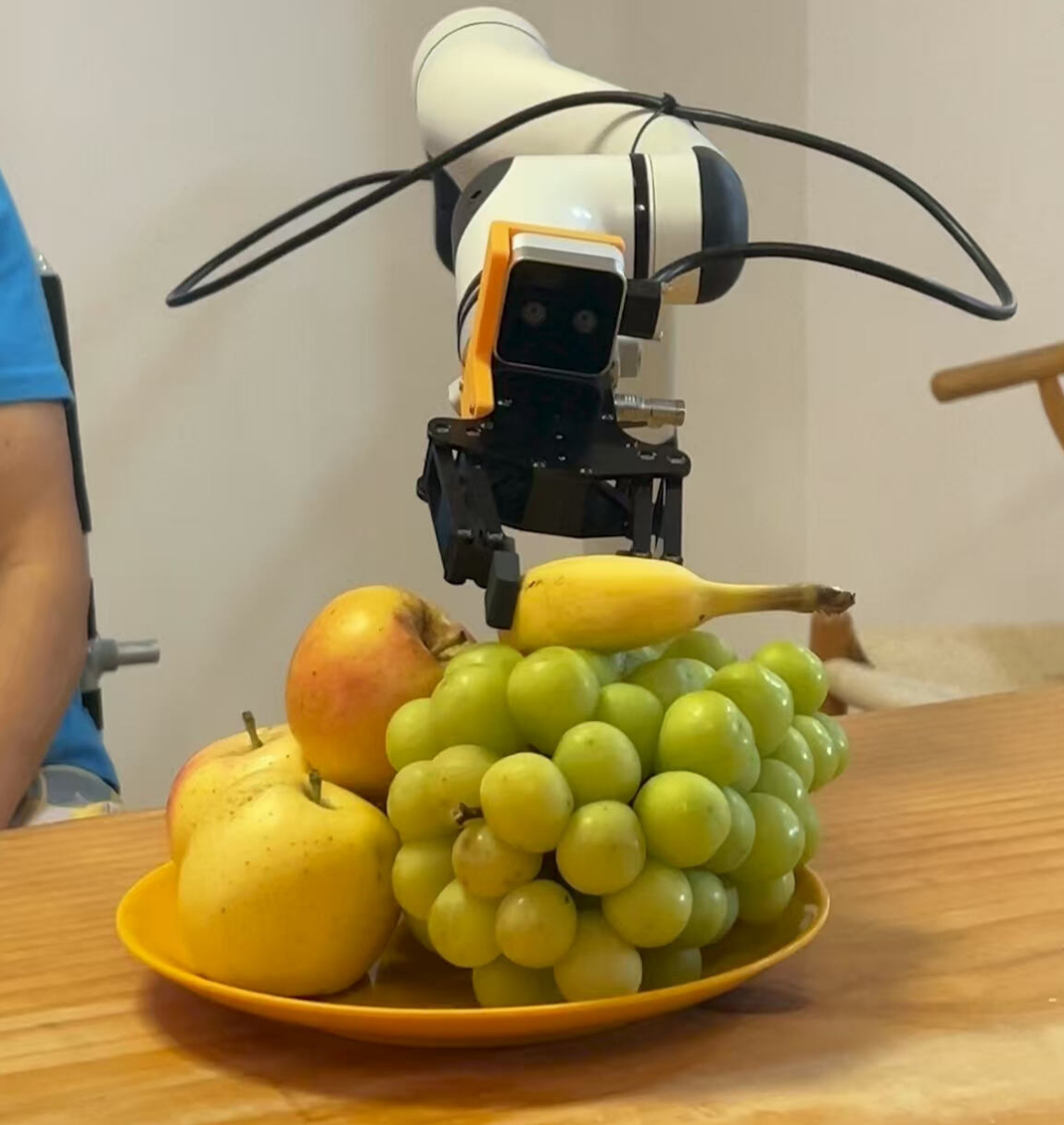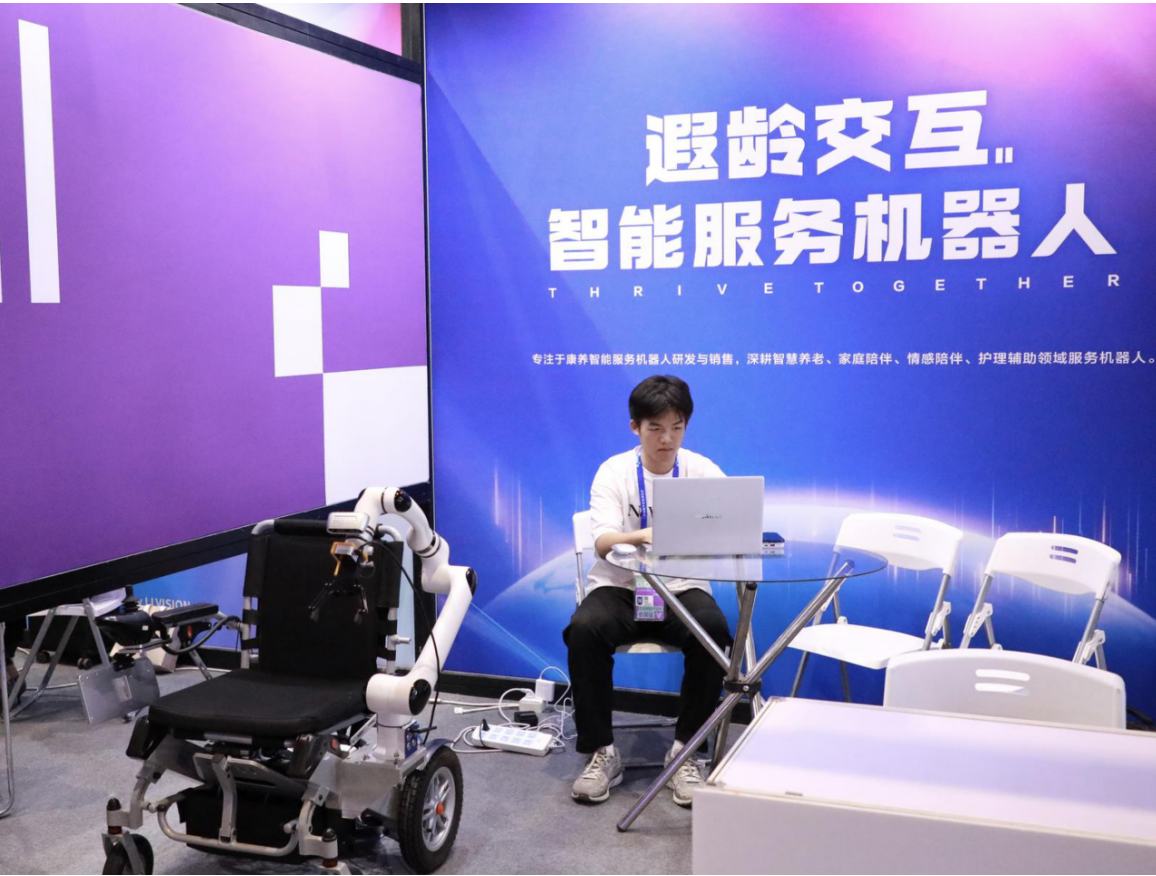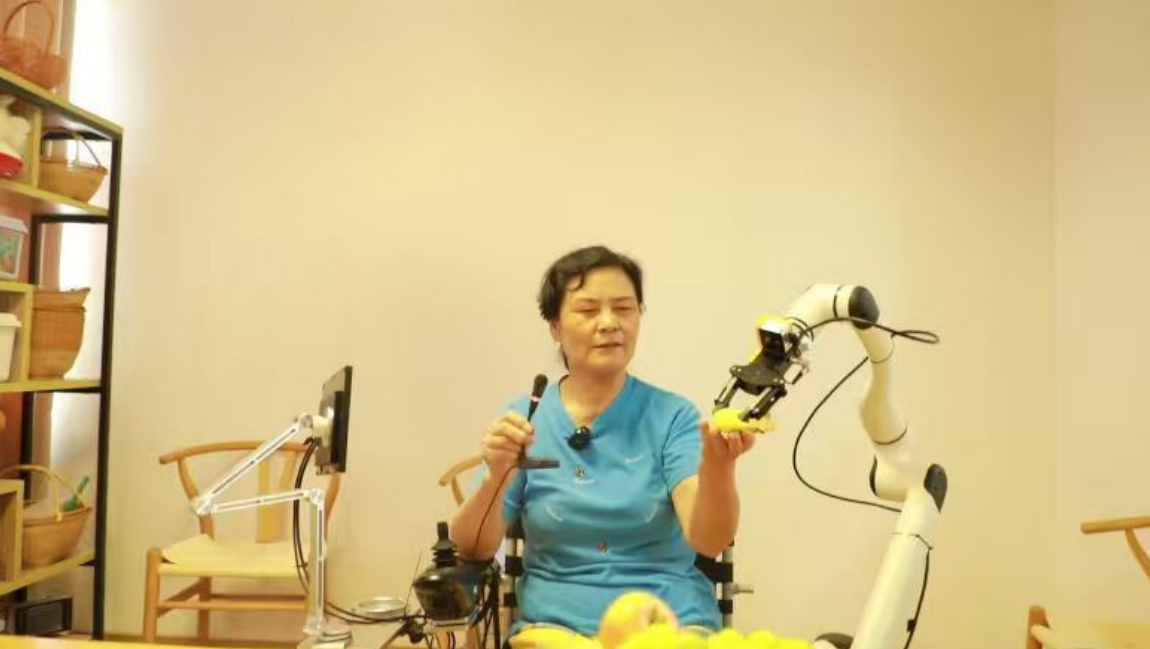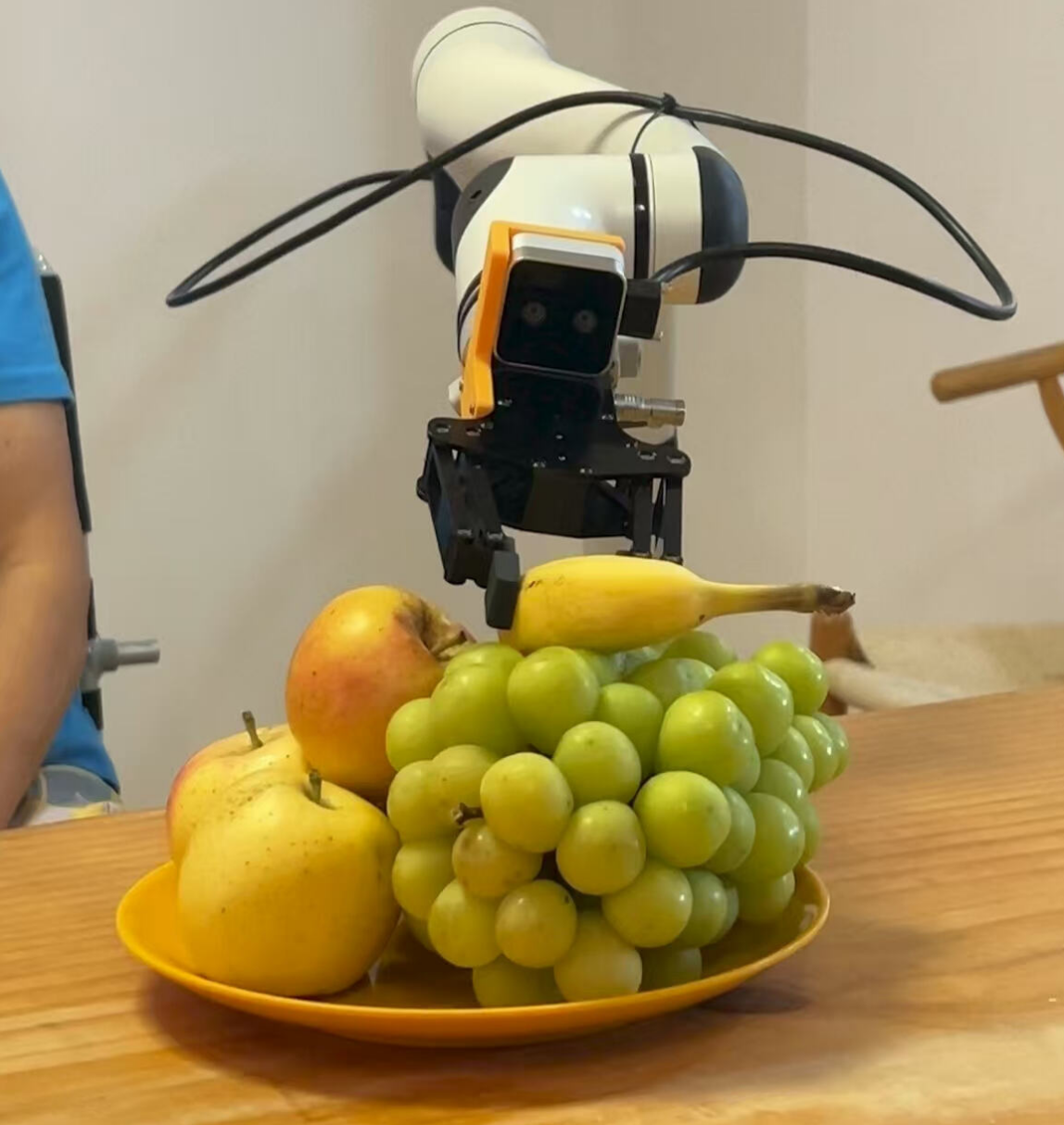"Please get me a banana." On September 3rd, at Yangjialou Elderly Care Home in Liuxia, Xihu District, Hangzhou, Grandma Zha, sitting in a wheelchair, spoke softly. The robotic arm attached to the wheelchair beside her responded quickly, accurately grabbing a banana from the fruit plate and handing it to her.
"I can get whatever I ask for—it saves me a lot of effort," Grandma Zha said, a happy smile on her face as she sat in the smart wheelchair.
This smart elderly care wheelchair, the first of its kind launched nationwide by Hangzhou Xialing Interactive Intelligent Robot Co., Ltd., has been put into use at this elderly care home. Equipped with a voice interaction system, the robotic arm on the wheelchair can automatically recognize objects. It helps the elderly pick up daily items such as water cups, remote controls, and fruits, and can also assist them in pressing elevator buttons.
In the past, when elderly people in wheelchairs took the elevator, they could not stand up to press the buttons due to limited mobility. Now, with the help of the robotic arm on the wheelchair, they only need to say "Please press the down elevator button for me," and the robotic arm will complete the operation automatically, making their trips more independent and convenient.
According to Guo Yuchen, CEO of the intelligent robot company, this smart elderly care wheelchair is the first to combine robotic arm technology with a traditional wheelchair. It is equipped with a high-precision robotic arm and an object recognition system, which can understand the elderly's instructions and accurately grab daily items, providing practical convenience for the elderly with limited mobility in their daily lives.
In the future, the human-machine collaborative care model will become the norm. Robots will handle repetitive tasks, while caregivers will focus on emotional care, jointly building a more caring elderly care environment. The company will also continue to increase R&D investment and explore more intelligent applications suitable for elderly care scenarios.
Reprinted from Zhejiang Online


